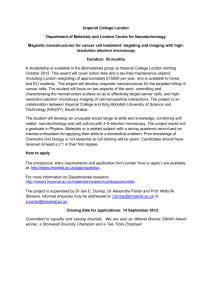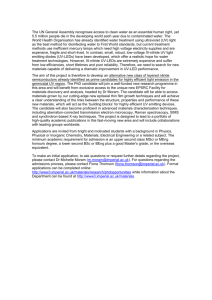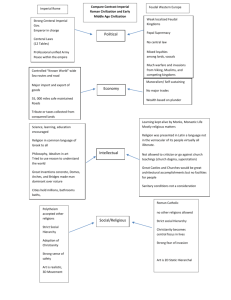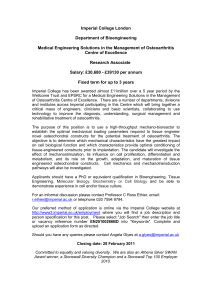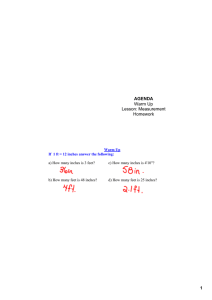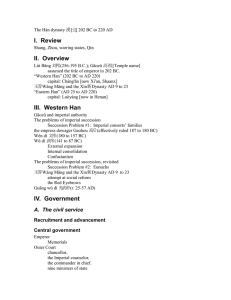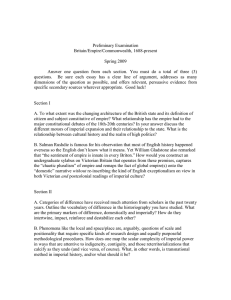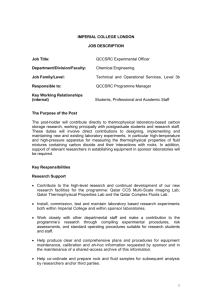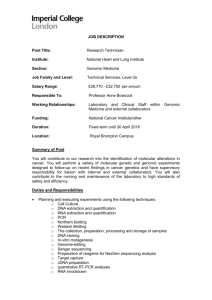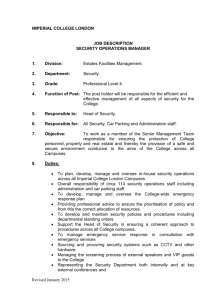Neolithic period - Early Imperial China
advertisement
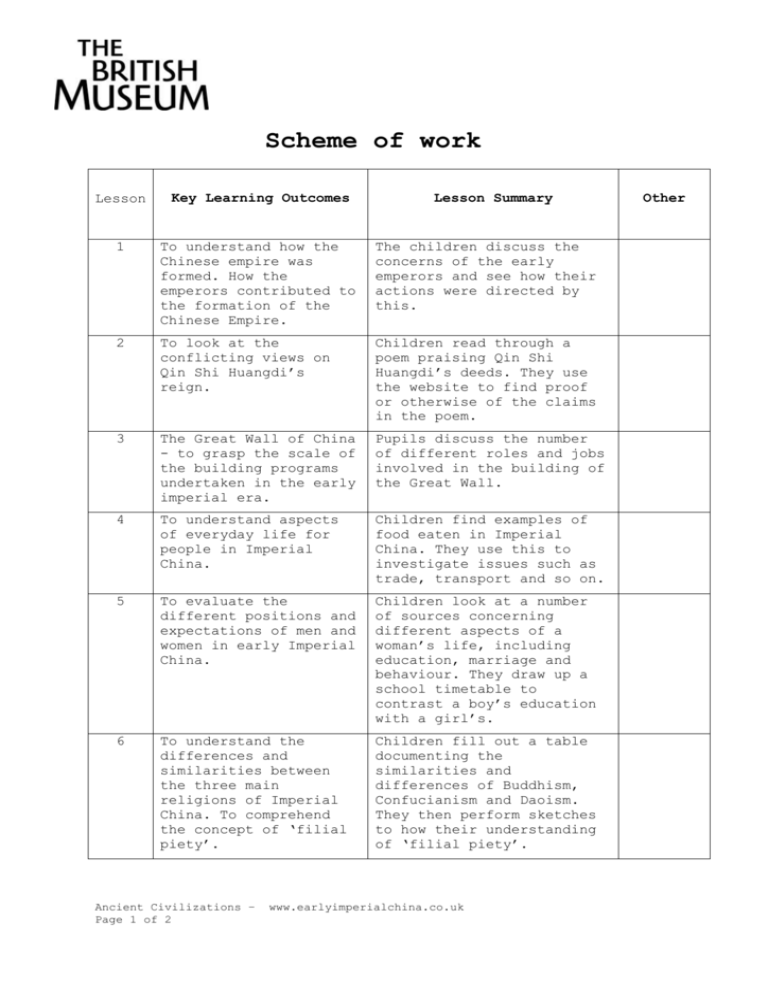
Scheme of work Lesson Key Learning Outcomes 1 To understand how the Chinese empire was formed. How the emperors contributed to the formation of the Chinese Empire. The children discuss the concerns of the early emperors and see how their actions were directed by this. 2 To look at the conflicting views on Qin Shi Huangdi’s reign. Children read through a poem praising Qin Shi Huangdi’s deeds. They use the website to find proof or otherwise of the claims in the poem. 3 The Great Wall of China - to grasp the scale of the building programs undertaken in the early imperial era. Pupils discuss the number of different roles and jobs involved in the building of the Great Wall. 4 To understand aspects of everyday life for people in Imperial China. Children find examples of food eaten in Imperial China. They use this to investigate issues such as trade, transport and so on. 5 To evaluate the different positions and expectations of men and women in early Imperial China. Children look at a number of sources concerning different aspects of a woman’s life, including education, marriage and behaviour. They draw up a school timetable to contrast a boy’s education with a girl’s. 6 To understand the differences and similarities between the three main religions of Imperial China. To comprehend the concept of ‘filial piety’. Children fill out a table documenting the similarities and differences of Buddhism, Confucianism and Daoism. They then perform sketches to how their understanding of ‘filial piety’. Ancient Civilizations – Page 1 of 2 Lesson Summary www.earlyimperialchina.co.uk Other 7 To understand the possibilities and limitations of learning history through objects. Children use the website to find objects that will appear in their own exhibition about different aspects of life in Imperial China. 8 To appreciate some of the crafts and arts of Imperial China. Children create their own ‘lacquerware’ objects. They investigate the methods and motifs used by Imperial Chinese artists and craftsmen. Ancient Civilizations – Page 2 of 2 www.earlyimperialchina.co.uk
